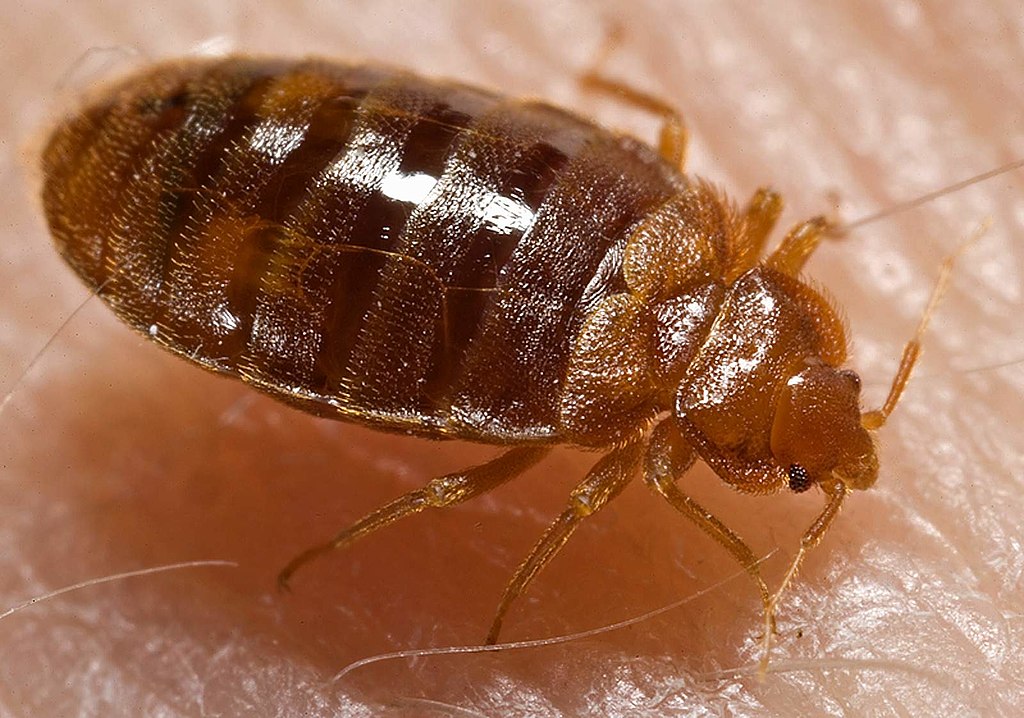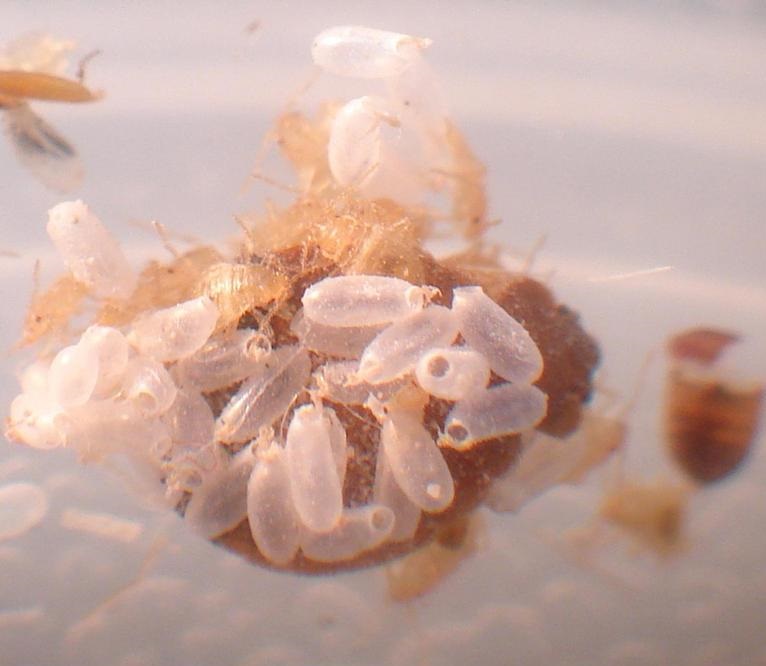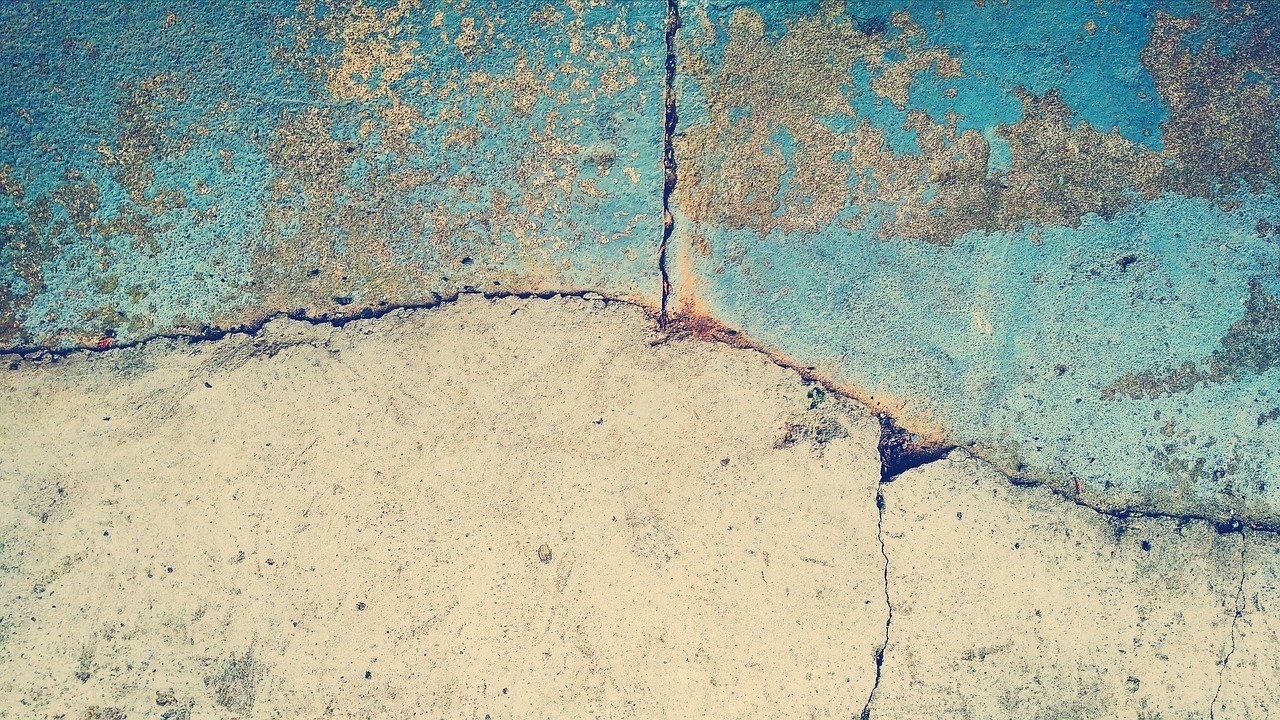Many people believe that bed bugs can only live in the bed area — mattresses, sheets, and bed frames. But then they notice bed bugs thriving beyond their beds. They can see them in carpets, curtains, and even walls. So the question is, can bed bugs really live in walls and other places?
Why do you have bed bugs in walls?
- Bed bugs can thrive beyond your bed. It’s a common misconception that bed bugs can only thrive in bed areas. They can thrive practically anywhere in your home, especially the areas where they can hide efficiently and stay away from you as far as possible. Your walls are no exception. Give particular attention to the walls near your bed. Even though bed bugs can thrive beyond your bed, they still prefer to be near their food source — you.
- They like to hide from you. Bed bugs survive by feeding on your blood. They need a blood meal every 3-7 days. This means that most of the bed bugs on your property are not interested in being near you all the time. They would rather be away from you until they find it necessary to feed again. The inside or backside of your walls is the perfect place to hide because these areas hide them from plain sight.
- They can squeeze through the smallest cracks. Adult bed bugs are only the size of apple seeds or about 5-7 mm. They are also able to flatten their bodies, making them able to squeeze through the smallest of cracks and holes in your walls. This is why you have bed bugs living in your walls — they like to hide and they can squeeze through the most inaccessible hiding places like the inside or backside of your walls.

If you have bed bugs in walls don’t…
If you are unlucky enough to have bed bugs in your wall you should not:
- Drill your walls. Many people don’t want to call pest control professionals and would rather solve their pest problem on their own. Unfortunately, this leads to poor decisions that end up destroying their homes even further. When people find out they have bed bugs living on their walls, their first course of action is to drill holes to make the pests more accessible and easier to kill. You are not likely to kill all the bed bugs on your walls because they are very good at hiding. And even if you do, there are probably bed bugs in other parts of your home, so you are not solving your bed bug problem and only destroying your walls in the process.
- Pour anything inside your walls. Another problem with DIY approaches is that many articles about them online are more destructive than they are helpful. For instance, many articles say you should pour soapy water inside your walls to kill yellow jackets, but the soap part of your mixture can ruin your walls. Many articles also say you should pour a salt-water mixture on your walls to get rid of termites, but salt can leave crystals inside your walls. These approaches may get the job done, but they come at the cost of your walls.
- Expect to get rid of the bed bugs by yourself. Bed bug infestations are difficult to eliminate because bed bugs like to hide in the most inaccessible places. If you have bed bugs living on your walls, it’s likely you have more elsewhere. Even pest control professionals take a while to get rid of infestations — about 3-6 weeks, depending on the severity of the infestation and the chemical resistance of the pests. If even professionals are having a difficult time getting rid of infestations completely, you bet your amateur approaches will take even more time. And that is if your approaches are even effective.
How to avoid bed bugs
- Get rid of bed bug infestations as soon as possible. Bed bugs will not just compromise the structural integrity of your home. They will also be health risks. The biggest concern is bed bug bites. They are incredibly itchy, and they can lead to infections. But don’t underestimate the psychological toll of bed bug infestations as well. They can lead to anxiety and sleep deprivation, which can be particularly dangerous if someone in your household has a serious condition like diabetes or heart disease. Once you see bed bugs, call pest control professionals immediately before the pests become a bigger problem.
- Know the signs of a bed bug infestation. Sometimes, it will be difficult to know that you even have bed bugs at home. You may find yourself full of bed bug bites even if you don’t see any live bed bugs around. You don’t have to see live bed bugs to know you have an infestation. Look for the other signs, such as carcasses, brown stains — which are actually bed bug excrement — and white capsules — which are actually bed bug eggs.
- Avoid bringing bed bugs home with you. If you live in a college dorm, stay in hotels often or frequent secondhand furniture shops, make sure you do not carry bed bugs home with you. Also, take care if you live in a tightly-knit neighborhood, like an apartment building or condominium. If your neighbor has a bed bug infestation, the bed bugs can live inside their walls and travel to your unit, starting an infestation. Be proactive in looking for bed bug infestation signs. You can also involve your landlord if you have an active infestation that is clearly not your fault.

Bed bugs can live in walls and other places
Bed bugs can thrive beyond your bed. They can live on carpets, curtains, and yes, even in your walls. Your walls are actually the perfect places to hide because they make bed bugs inaccessible and practically invisible.
Unfortunately, it’s difficult to get rid of bed bugs in these inaccessible parts of your home. And even if you do, there are probably bed bugs in other parts of your home anyway, so your bed bug problem is not yet solved.
Bed bugs are complicated pests. You may want to leave them to pest control professionals. Most DIY approaches have limited effectiveness anyway.

